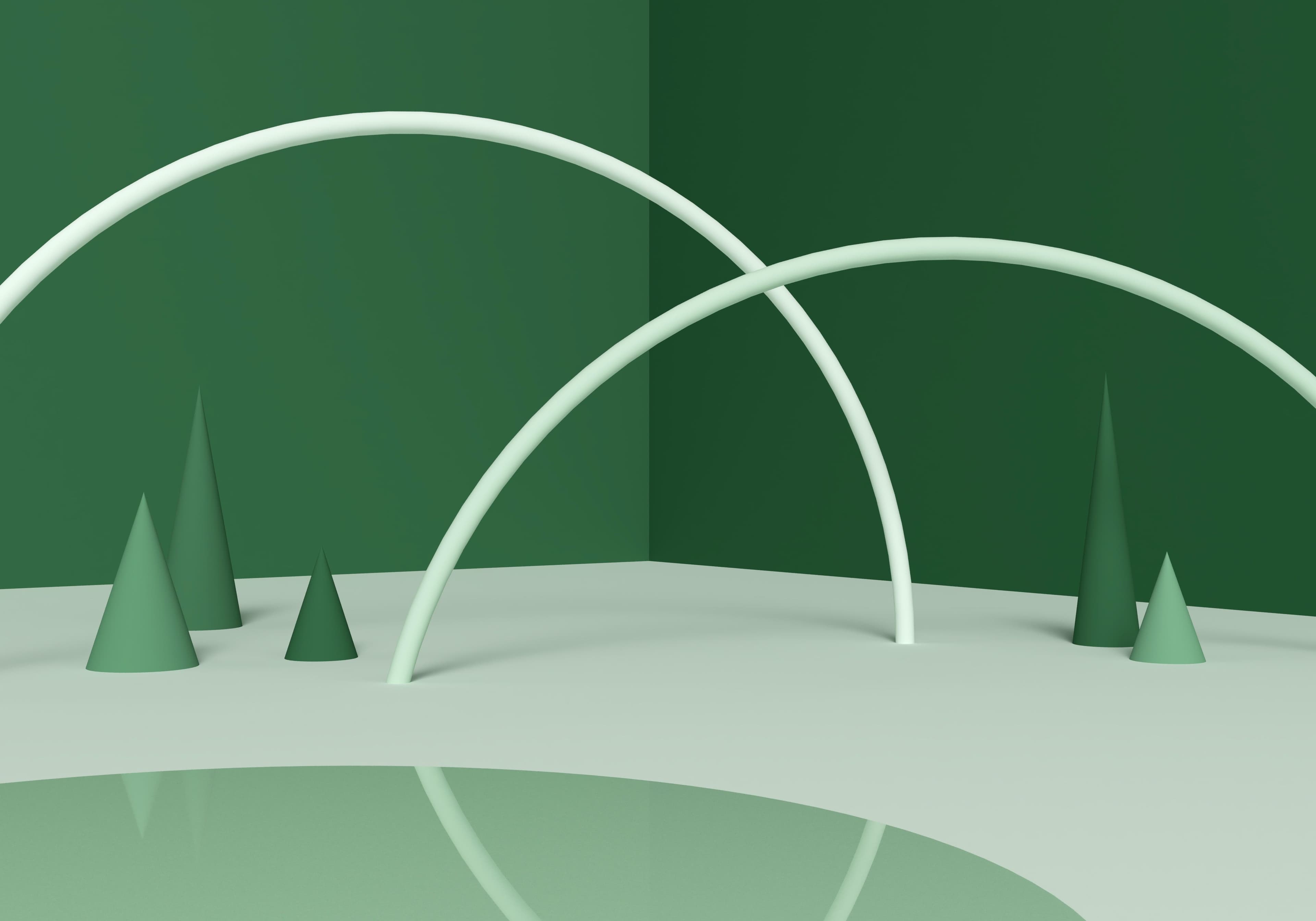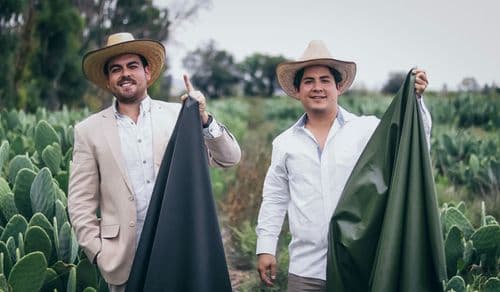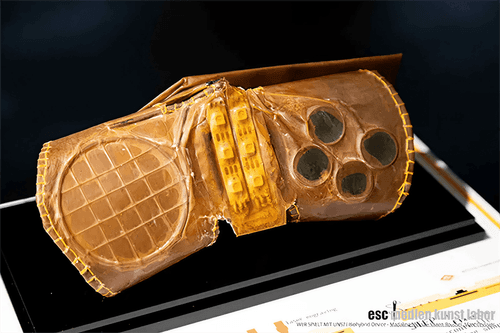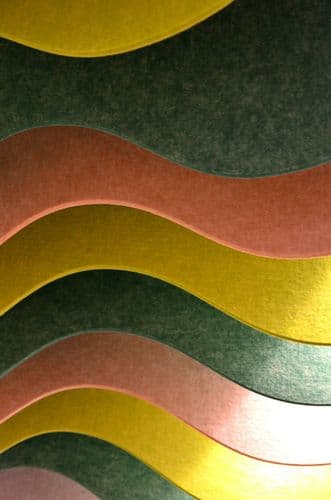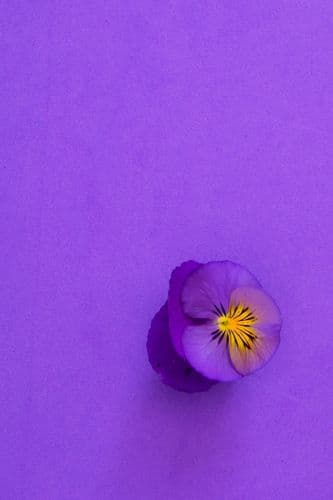How has focusing on sustainable design impacted the growth and brand image of brands you've worked with?
I have worked with brands in two unique ways. First, the brands are already established and are looking to add a sustainable collection or sustainable practices to their existing infrastructure. Second, the brands are looking to begin their collection’s designs and business practices with sustainability as one of their founding core values.
In both ways, sustainable practices are initiated on behalf of the company’s values and in tandem because of the positive impact of the brand’s image. There is a greater understanding by those individuals who are involved in these brands’ development of how important it is to have ‘sustainable design’ within the infrastructure and how it will help with the brands’ impact on their customers' experiences, along with maintaining their long-term growth and customer retention.
Could you share a specific example of how you've successfully implemented circular economy principles in a design project?
One of the most successful projects launched this past year was the development and production of an upcycled tote bag with Madewell, the U.S.-based women’s clothing brand. We evaluated their leather sample hides’ waste, which was created from their core collection’s development, and from there, we worked out a great way to stop this raw material from being thrown out or incinerated and ending up in a landfill. Instead of tossing all of the beautiful sample leather hides away, a modern patchwork ‘system’ was designed, and from there we transformed the leather sample hides (scraps) into a new limited edition upcycled (and beautiful!) handbag collection.
Due to the nature of the leather being the raw material being used and the longevity that it provides to its users, this was the perfect combination of using leather scrap as a raw material and applying circular manufacturing methods to repurpose, upcycle, and then create a new, even more valuable product.

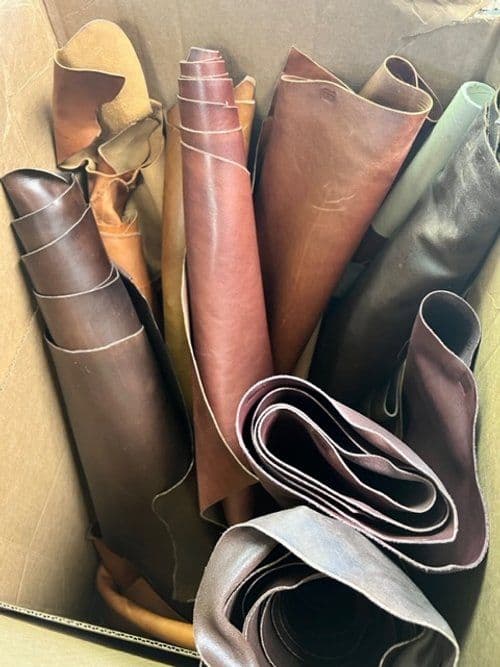
Can you describe the design-to-launch process at Temescal Creative Agency, particularly focusing on sustainability and efficiency?
Working with Temescal is an exclusive and unique experience in that every client has a personal relationship with both myself, the principal designer of the company, and the production, construction, or factory teams who are physically executing and launching the client’s project’s designs. We are all in collaboration and require transparency for success. Having direct communication automatically cuts out inefficiencies and makes projects much faster to launch.
Each member of Temescal’s network team is very experienced in both sustainable and non-sustainable production means, which, by working with us, is a huge advantage to clients, as often we can provide insights and offer suggestions on more efficient and sustainable ways to produce whatever the concept is that has been requested, with the respective company’s values at the forefront of each decision.
Our ‘Design-to-Launch’ strategy operates under a framework as follows: Initially, we have a brainstorming stage, which then requires subsequent refining and the selection of more specific conceptual avenues to explore by the client.
At this stage, we produce visual options and ‘samples’ for the client to understand how their ideas can translate into 3-Dimentional objects or in-person mockup spaces that they can experience firsthand. How these designs are conceptualized can initiate sustainable practices, ie: efficiency of resources or materials used.
Typically, after this ‘sampling’ stage, it is clear which direction the client would like to take design, material, size, or space. From here, we move into final production or construction, which allows Temescal to project manage and take on the heavy lifting of the project’s final launch.
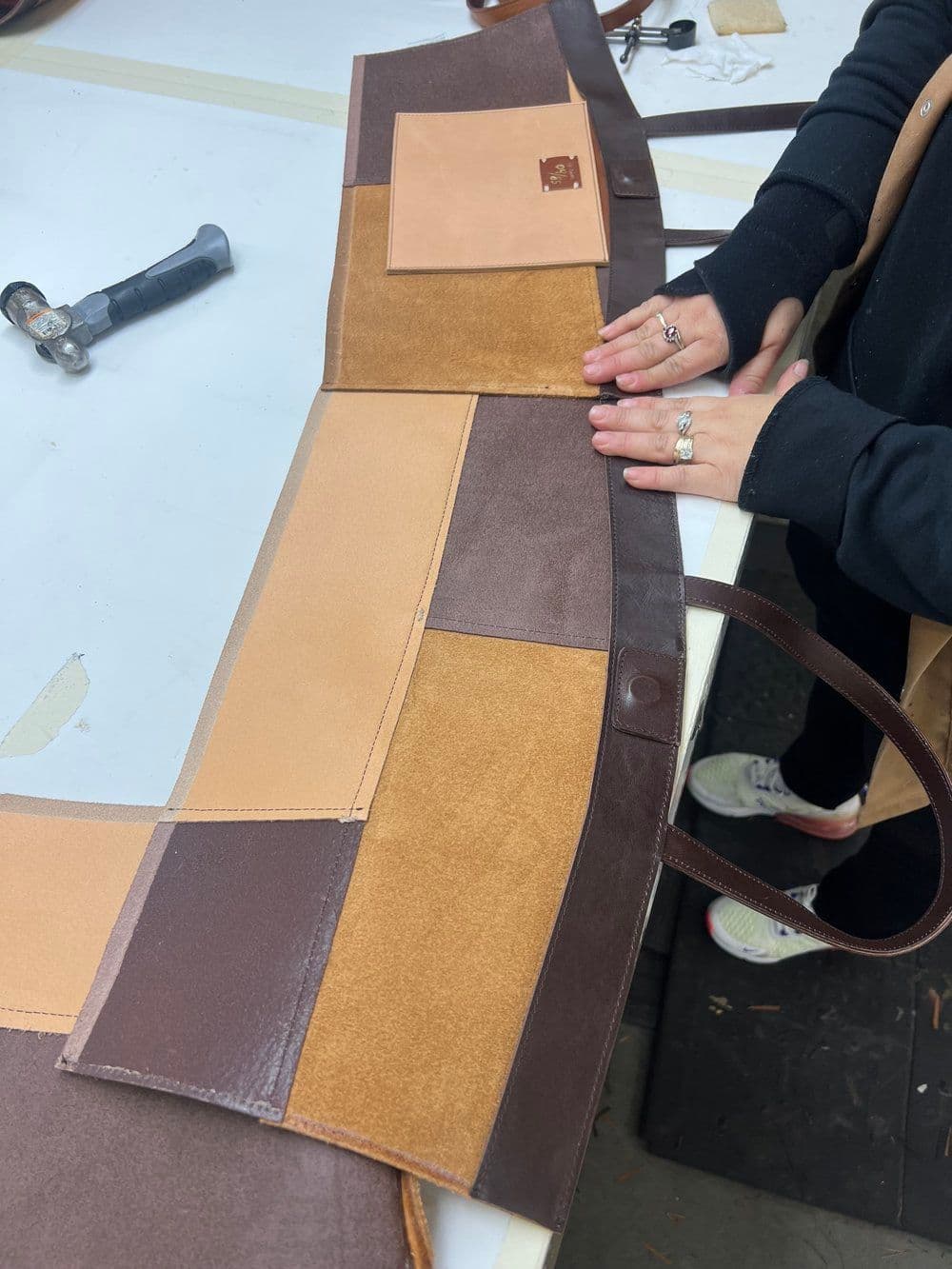
How do you integrate aesthetics, functionality, and sustainability into your design projects?
My opinion is that a simple design is often the most efficient, functional, and, in turn, sustainable. When I am working on a new project, the first action I take is to distill a complex concept into its most basic shape or idea.
There are so many incredible new materials launching each week globally that being able to apply these sustainable materials or manufacturing practices to this discussed ‘simple’ version of the project’s concept is how I integrate sustainability into Temescal’s design projects.

How well do you think the advancements in AI could potentially positively influence material sourcing?
I believe that AI could be potentially positively helpful when organizing and reviewing the volume of sustainable material information that is out on the market. There is such voluminous information, but often these material manufacturers do not have the means to present it to designers, builders, manufacturers, or customers in a way that is visually efficient and easy to understand.
There are hundreds of companies and websites that are dedicated to providing resources, but at this point, it is challenging, without more formal education, to understand many of the certifications and details that make a material ‘sustainable’ at its core.
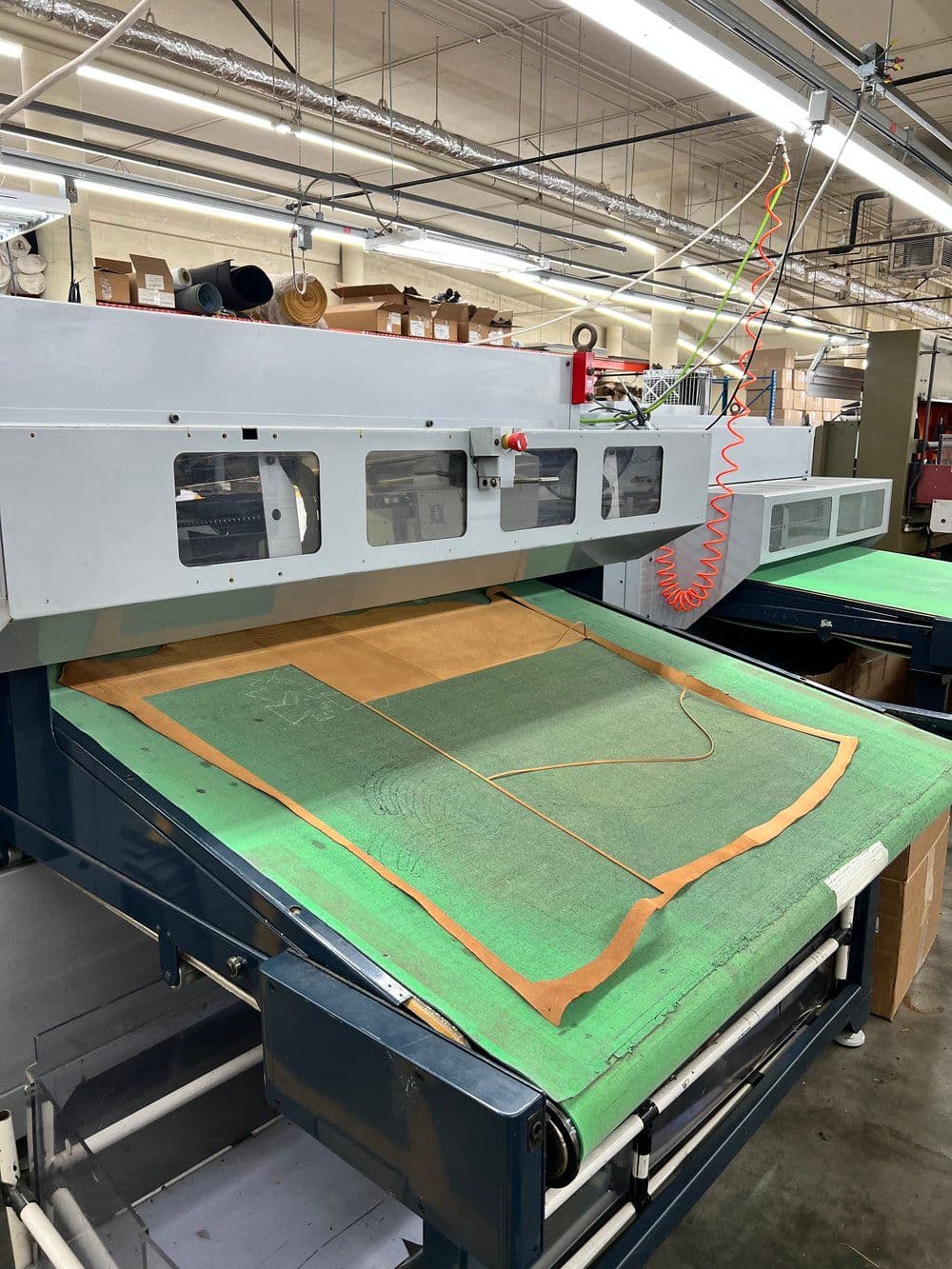
What unexpected design challenges have you encountered when working within the circular economy framework?
One of the biggest hurdles I have personally experienced with operating a sustainable design firm is convincing new customers, manufacturing partners, and production facilities to invest their time and resources in sustainable practices.
Often, it is less expensive in the face of it to not make these types of changes, but in the long term, it will cost everyone more with inefficacies. After I have been able to show ‘proof’ of viability on a production run and how circular manufacturing will keep the money off the floor in scraps or a building’s infrastructure and back into the brand’s bottom line, people then understand the positive impact and are more open to testing this out as well. No one wants to be a test case; they want to see another brand prove its worth and then follow the lead.
My personal goal via Temescal Creative as a sustainable design agency is to help simplify, provide confidence in the decisions to make sustainable design a focus, and distill this information in a way that is positive and profitable.
